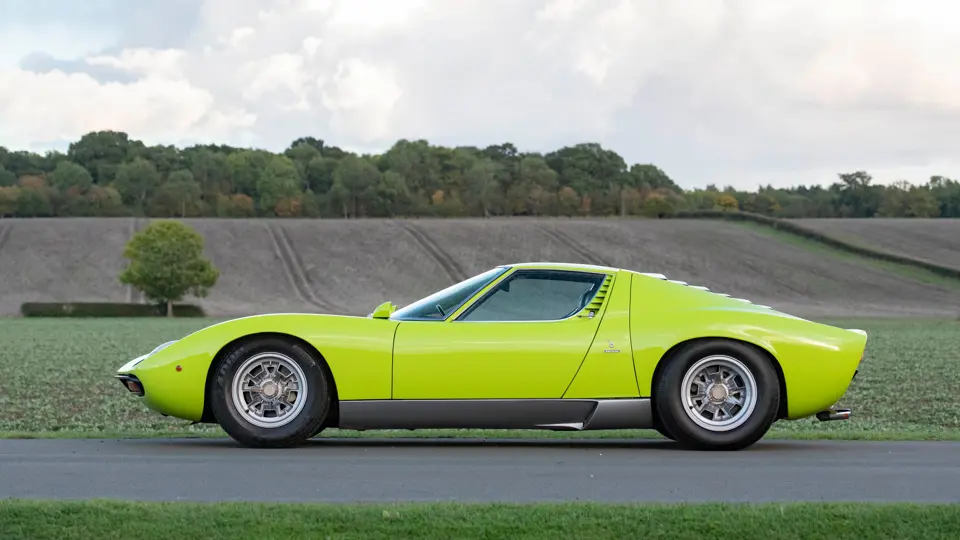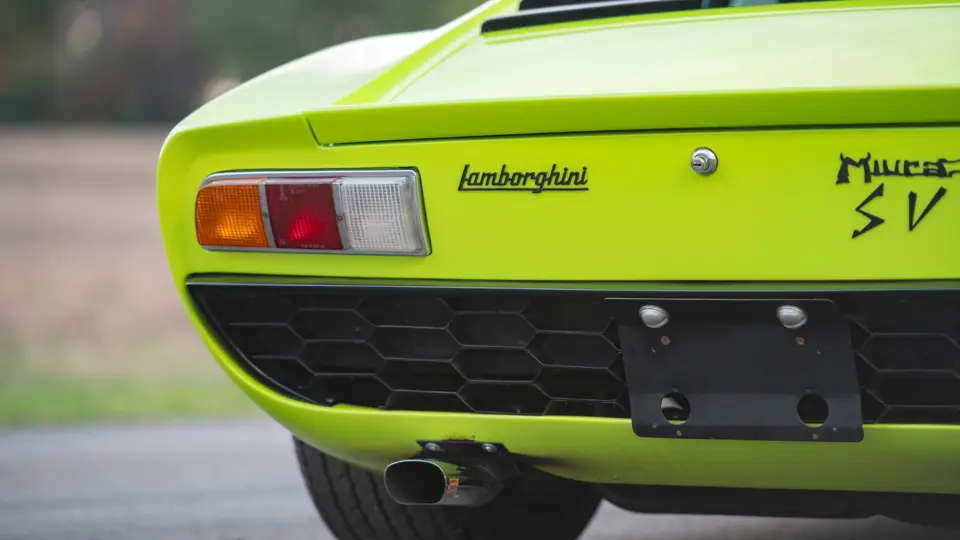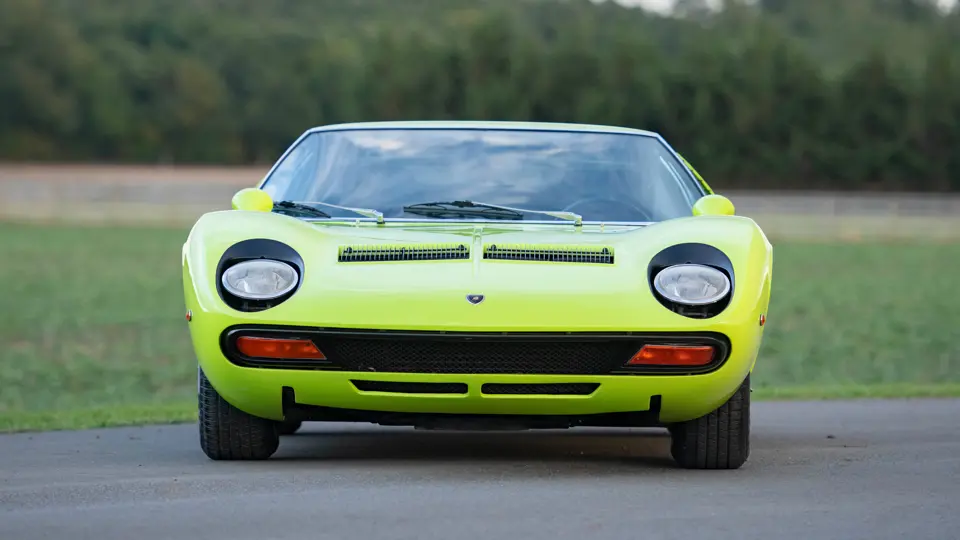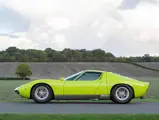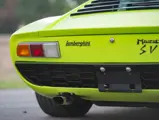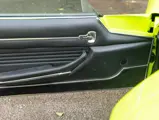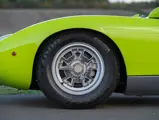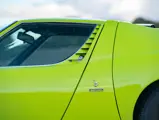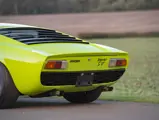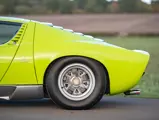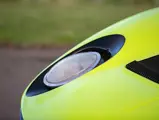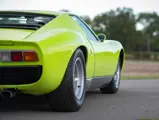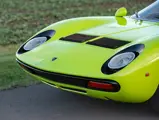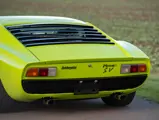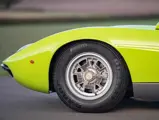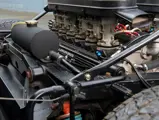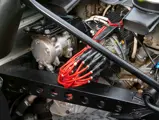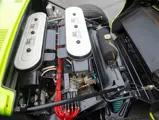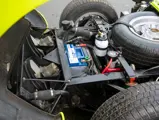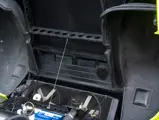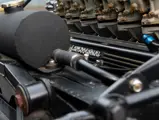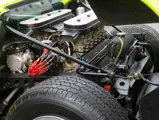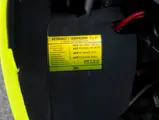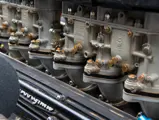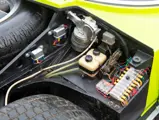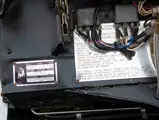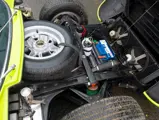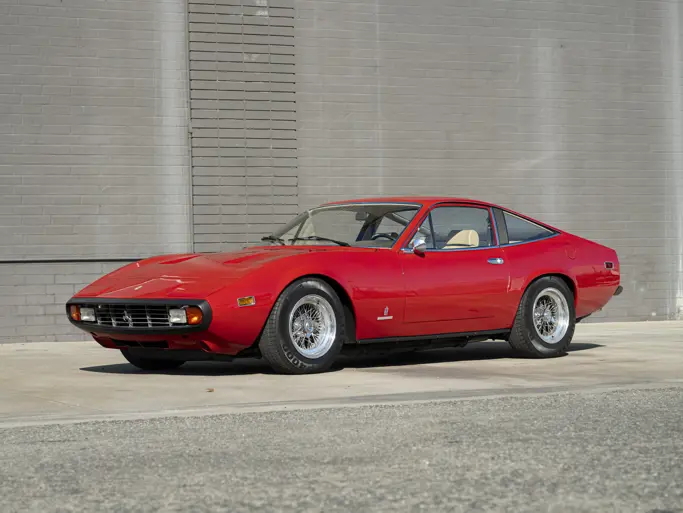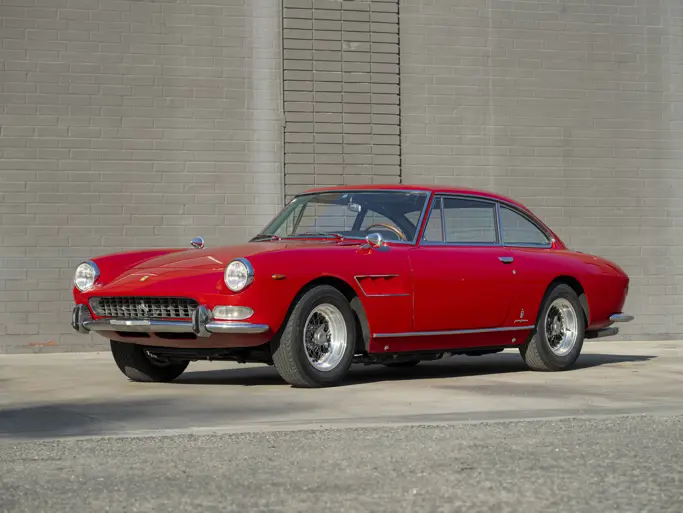
1971 Lamborghini Miura SV by Bertone
{{lr.item.text}}
£2,058,125 GBP | Sold
Offered from The Gran Turismo Collection
{{bidding.lot.reserveStatusFormatted}}
- Offered from The Gran Turismo Collection, where it has resided since 2015
- One of 150 Miura SVs produced, and of just 23 US-specification examples
- Presented in the hugely popular colour Verde Miura
- Fitted with its matching-numbers engine and with correct body numbers displayed throughout the car
- A beautiful example of one of the greatest supercars ever made
The supercar is now a design and engineering concept understood throughout the world, so it’s hard to fathom just how revolutionary the Miura was when it first broke cover in 1965. It was the first mid-engined car to match unforgettable looks with prodigious power, enough to garner a reputation that demanded respect from its drivers. The story of how the Miura came to be is almost as exceptional as the car itself, and both things are now truly unrepeatable today.
There are various versions of how Ferruccio Lamborghini ended up starting one of the world’s greatest car manufacturers, all of which seem to centre around a dissatisfaction with Enzo Ferrari’s products. So it is not coincidental that an ex-Ferrari employee would be instrumental in the beating heart of the Miura. Giotto Bizzarrini found himself as a free agent in his late-30s after a failed “palace coup” at Maranello following his development of the 250 GTO. Aside from working with Iso and Count Volpi, Bizzarrini ended up masterminding the legendary Lamborghini V-12, a block design that would continue to be in use all the way up to the Murcielago. Bizzarrini was no stranger to controversy and totally ignored Lamborghini’s wishes for a fairly docile road engine, delivering a ferocious race-inspired powerplant with a redline at nearly 8,000 rpm.
The fearsome V-12 initially found a home in Lamborghini’s first production car—the 350 GT—but though the model was a success, Sant’Agata Bolognese required something radically different to properly challenge Ferrari. A 28-year-old engineer called Gian Paolo Dallara was employed to design an entirely new chassis. Using his degree education and experience of race cars, he designed a low-slung monocoque chassis that included elements of the recently unveiled Ford GT, but packaged in an ingenious way with a transverse-mounted engine and gearbox to keep the wheelbase compact.
The chassis was further complemented by double-wishbone independent suspension with coil-over dampers on all four corners. An anti-roll bar was fitted at the rear to aid the handling, and discs brakes on both axles proved more than capable of slowing down such a ferociously quick car. And quick it was—Lamborghini’s flagship supercar was fitted with an enlarged 4-litre version of the V-12 fed via downdraft Weber 40 IDL carburettors. The SV featured the most powerful variant, with output rated at a hair-raising 385 horsepower.
In order to show off such a remarkable design, Lamborghini launched the new Miura to the world at the 1965 Turin Auto Show with a bare running chassis, displaying only the genius of Dallara and Bizzarrini. The only element outstanding was the bodywork, due to be penned by Bertone. Recently employed by the firm, 27-year-old Marcello Gandini was given the task of clothing an already radical engineering concept. The result was a body that was an extraordinary combination of swooping lines mixed with eyelashes, slats, and cleverly integrated air intakes. Such was Gandini’s fresh thinking that it is almost impossible to find inspiration from earlier cars. Though influence certainly came from Lamborghini’s spirit-animal, with doors modelled on bull horns, creating a wonderful front profile when wide open.
The Miura was finally revealed at the 1966 Geneva Motor Show to great acclaim. The next appearance was at the 1966 Monaco Grand Prix, where Bob Wallace engaged in a guerrilla marketing campaign by parking the prototype right outside the Casino, much to the astonishment of passers-by. Without the Miura, it’s hard to imagine Lamborghini as it is today, and the model’s success resulted in 762 examples leaving the factory over a seven-year period. The rarest and most desirable of all of these was the SV, with only 150 made.
Aside from cosmetic improvements that endowed the new model with cleaner lines, the SV gained dramatic rear arches, which were filled with larger wheels. The main mechanical improvements were centred on the suspension geometry, along with a small increase in power; all these changes contributed to a greatly improved car, which was easier to handle and brought out the best in Gandini’s design.
Chassis 4924 was dispatched from the factory on 17 August 1971, when it was shipped to the US. Modena Car of New York handled the importation for its first owner, Mr Shumer. Ordered in the classic Rosso Corsa exterior colour, the interior was adorned in Cinghiale Pelle—or Wild Boar leather—and, as with all US specification examples, it was delivered new with the desirable Borletti air-conditioning.
It is not known how long Shumer kept his Miura, but by 1999 it was reported to be in Indiana. In 2002, with approximately 28,000 miles on the odometer, the Miura was purchased by a Canadian who reported himself to be the fourth owner. A restoration followed in 2005, during which the odometer was zeroed and changed to kilometers, before its sale to Kuwait in 2007. In 2015, chassis 4924 was imported into the UK and purchased by the current owner to replace his previous SV. Shortly after joining The Gran Turismo Collection, this Miura was repainted Verde Miura. Since then, it has been displayed at concours events and enjoyed on the road, though covering less than 300 kilometres in the past seven years.
During cataloguing, this SV was inspected for its body numbers and, importantly, we can confirm that it retains its original chassis, engine, front and rear clams, and doors, confirming the outstanding originality of this Miura. Only 150 SVs were ever made and chassis 4924 is undoubtedly one of the finest examples recently offered on the market. Widely regarded as one of the most beautiful cars ever made, this Miura SV would make a perfect addition to any collection, whether simply to be appreciated for its aesthetic form or enjoyed to its fullest on the road.


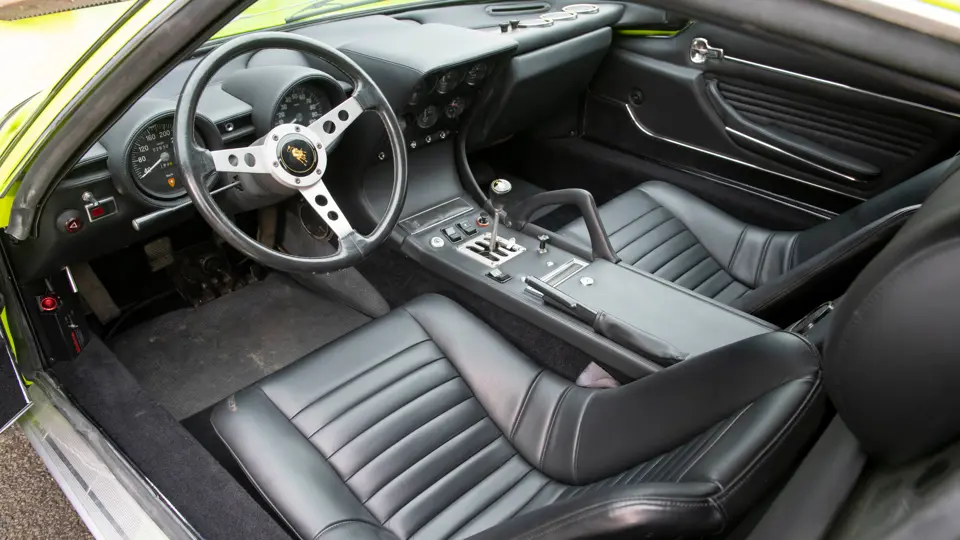

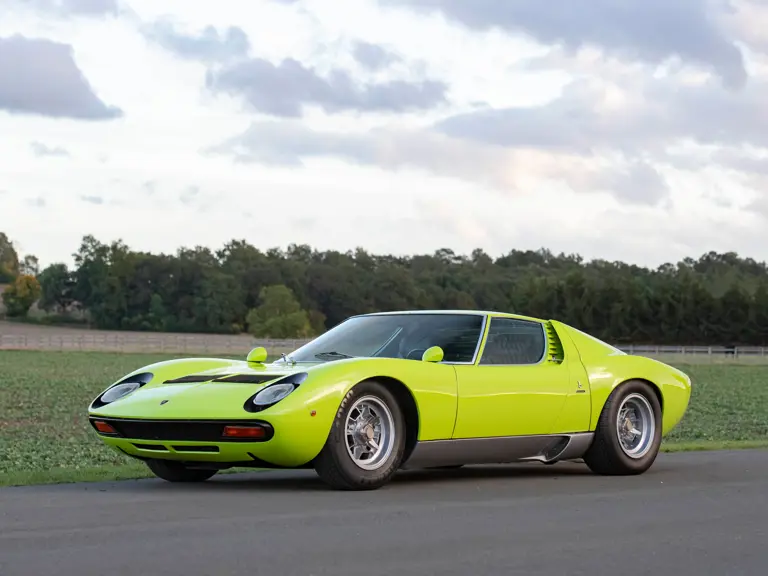
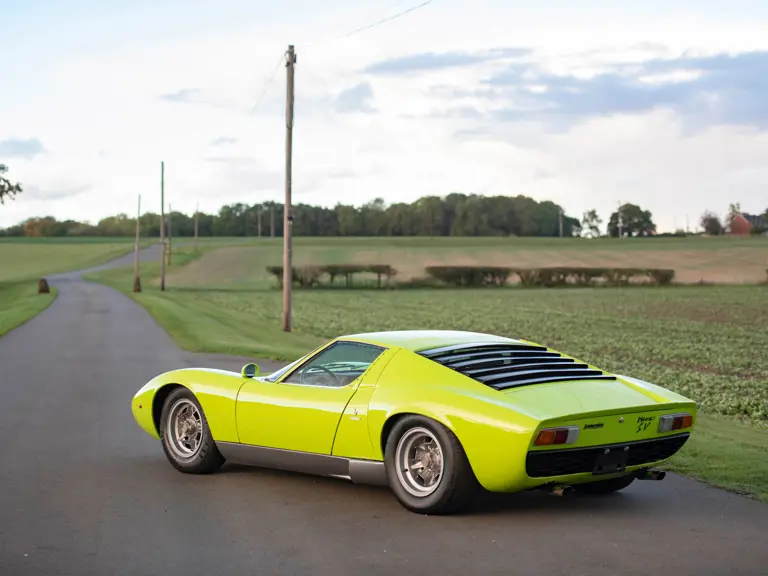

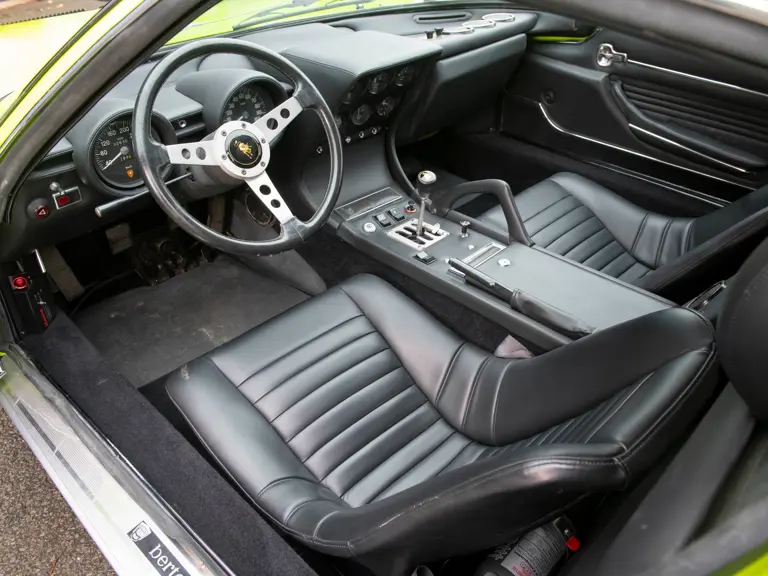
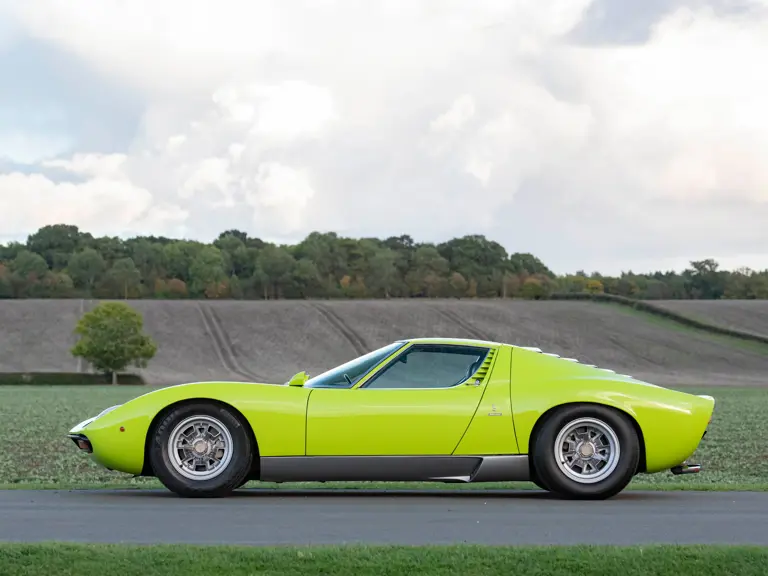

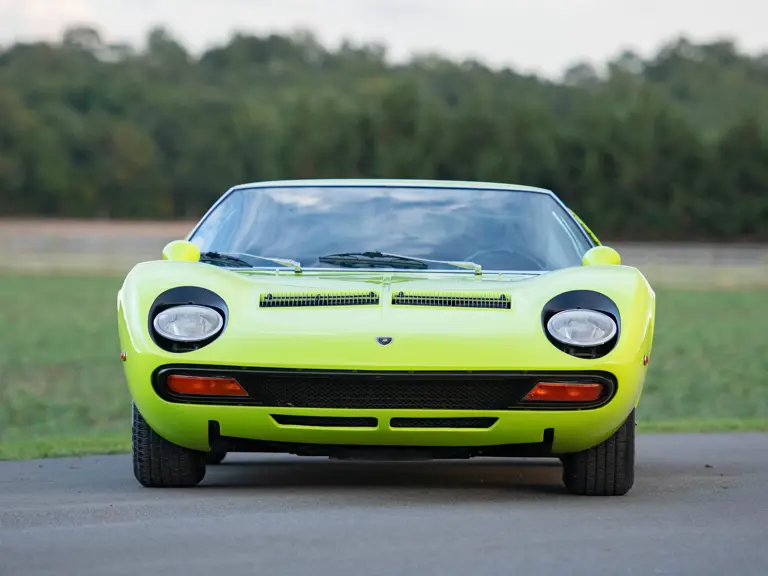
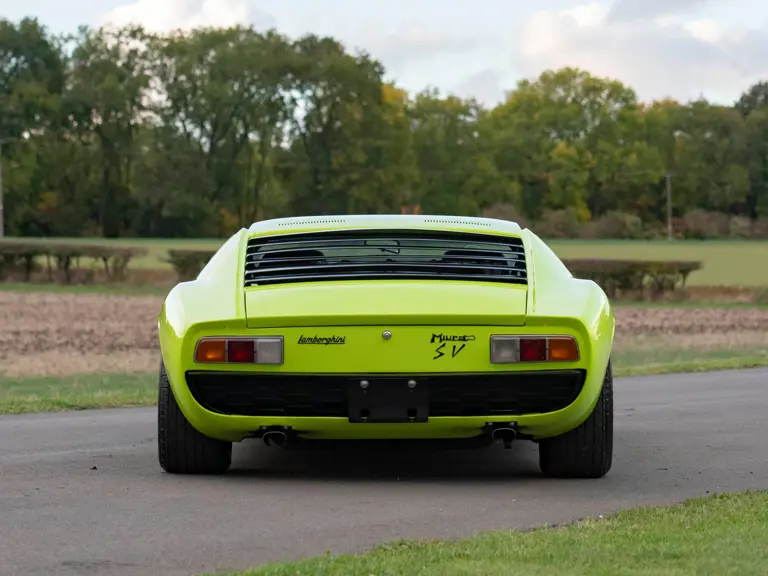
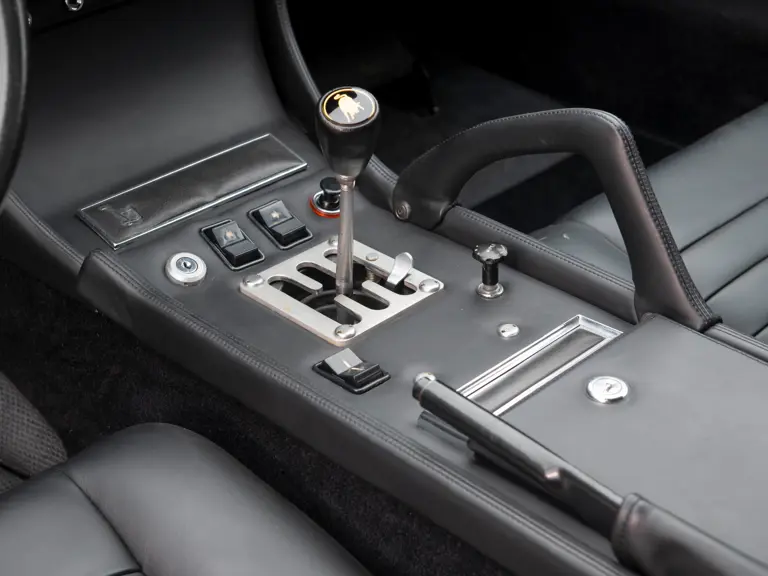
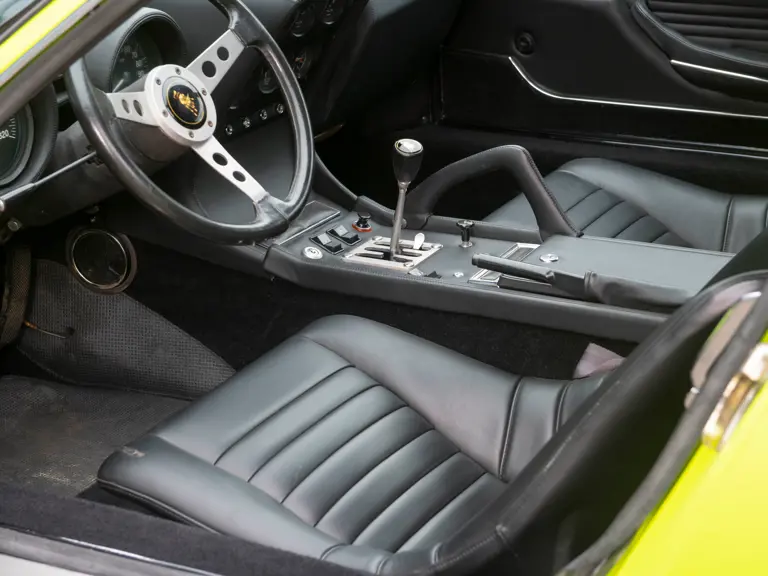
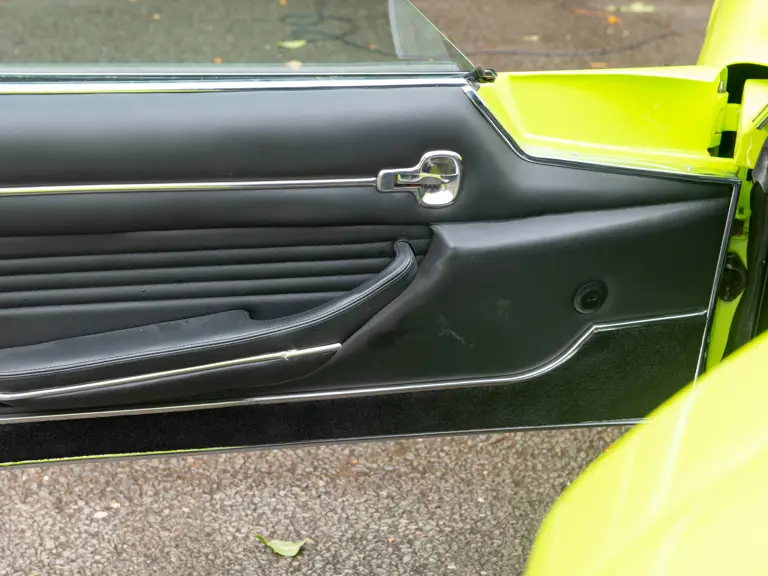
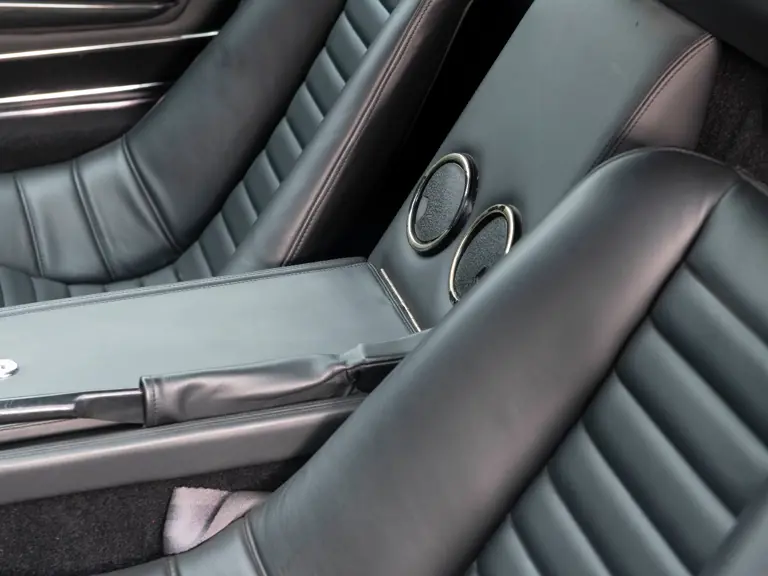
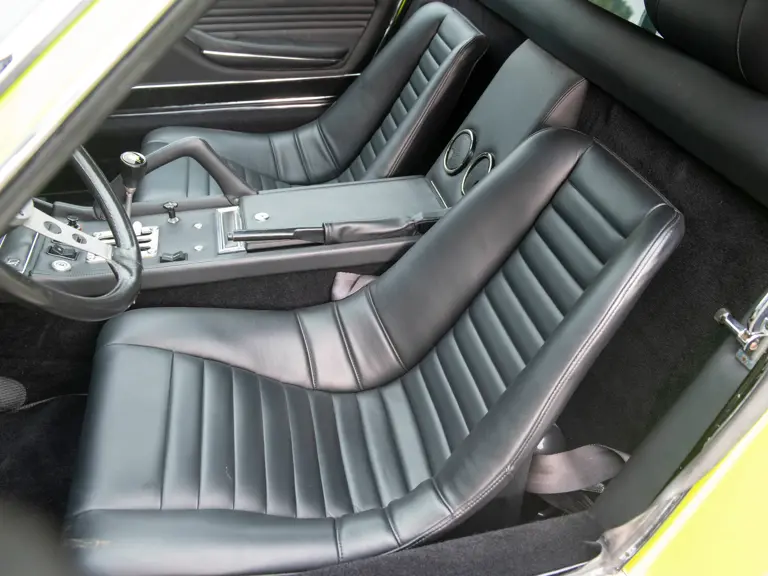
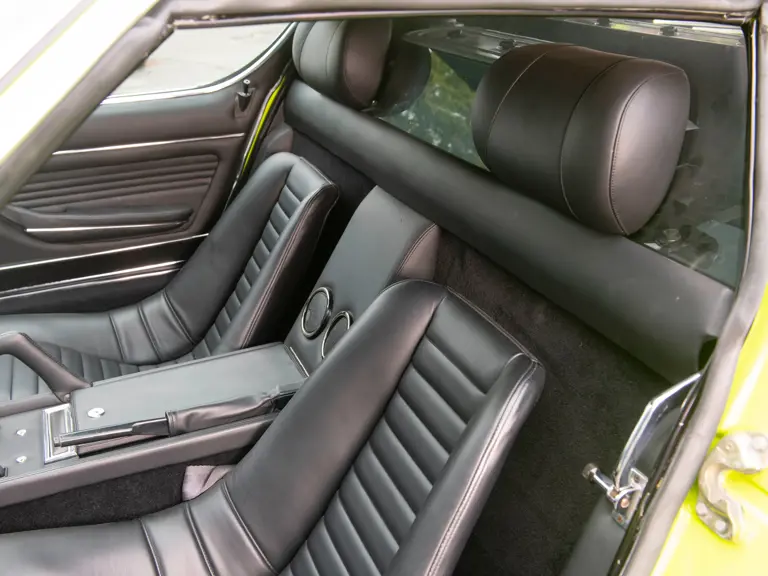
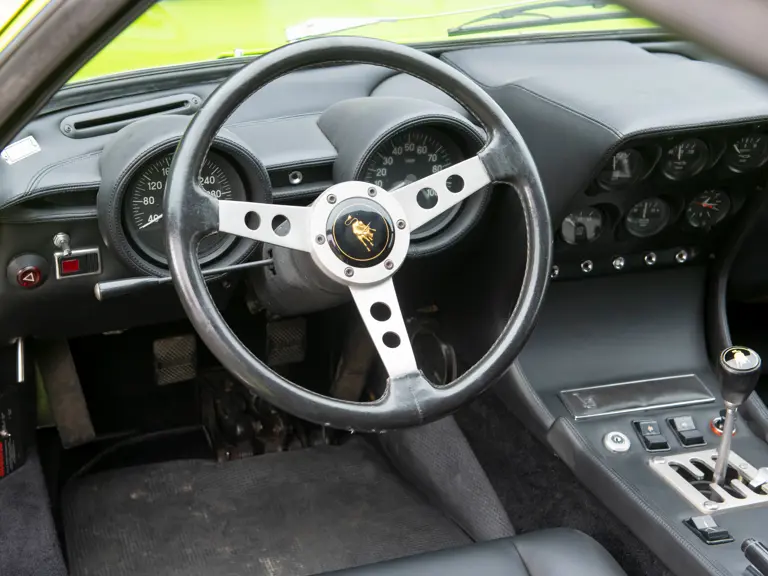
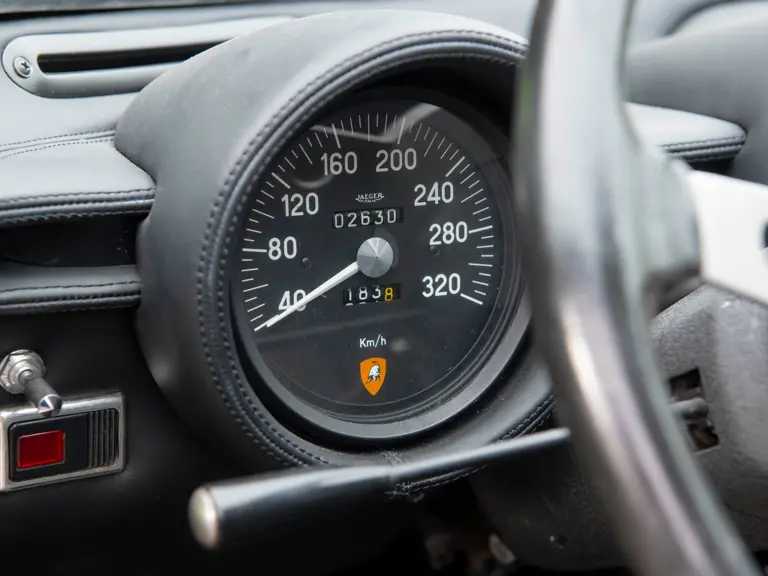
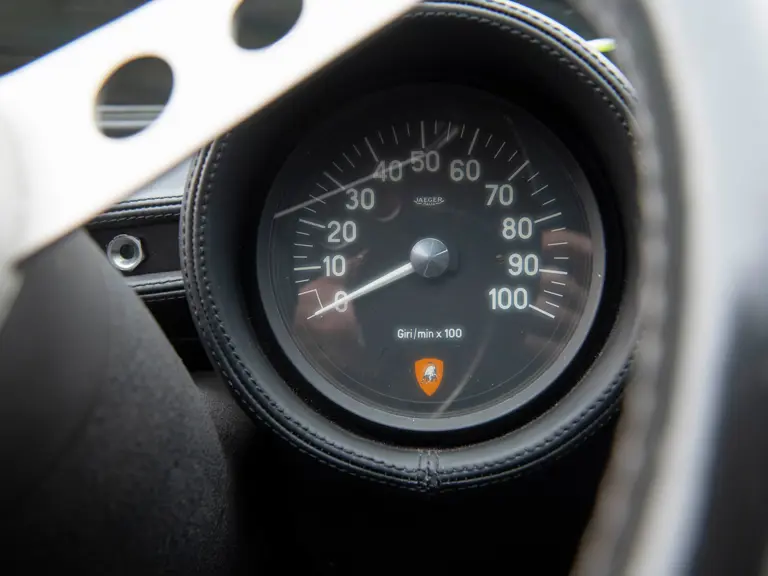
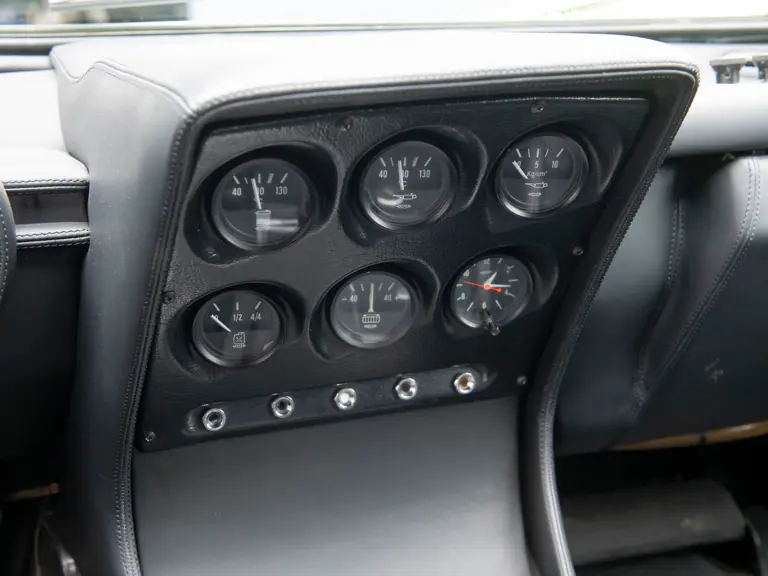
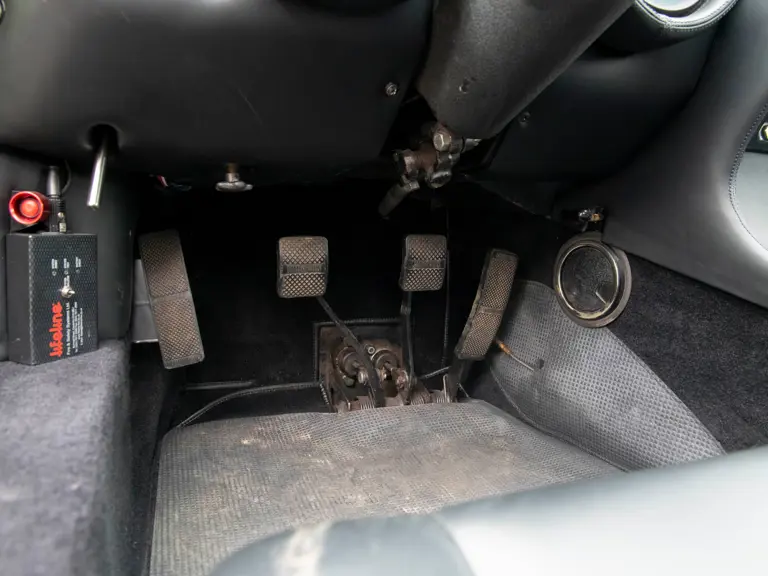

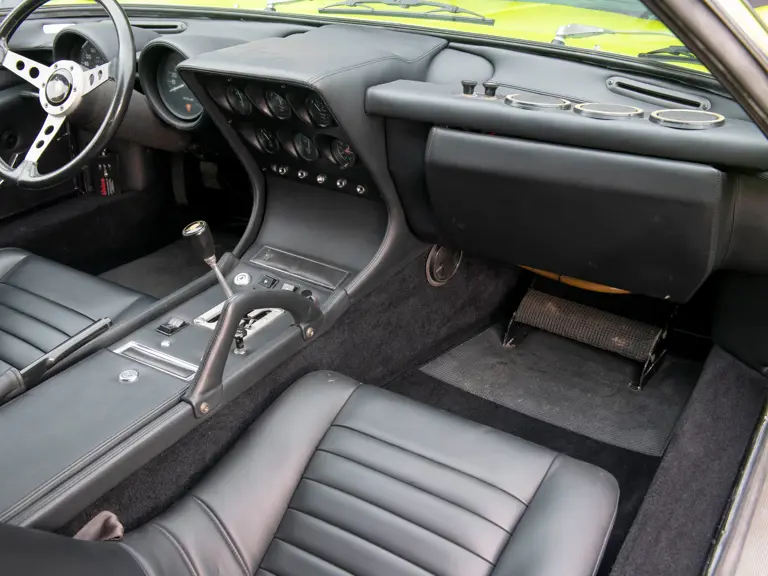
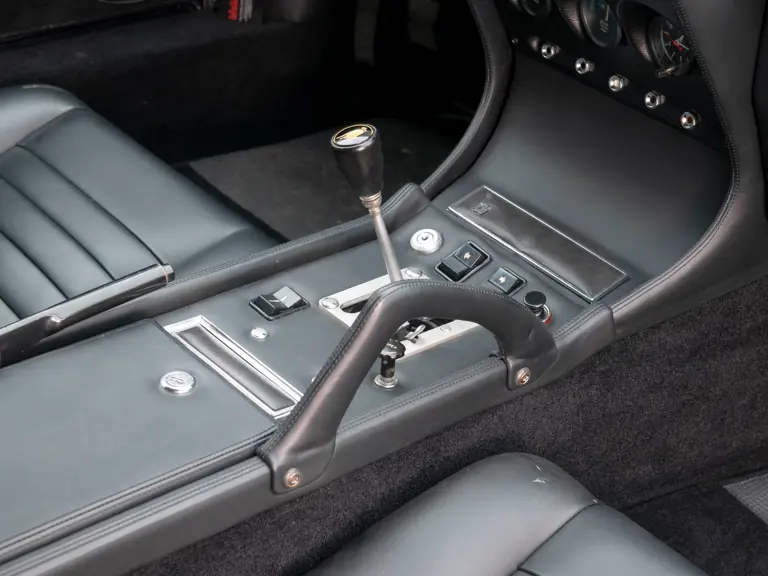
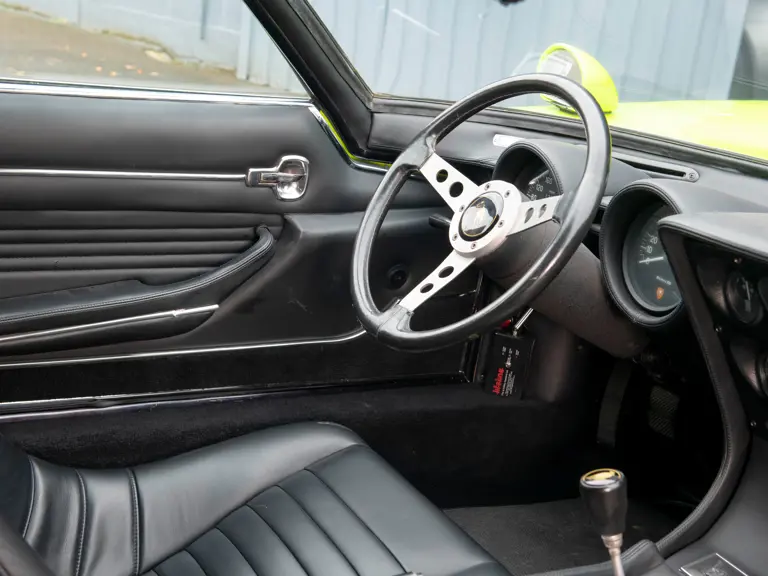
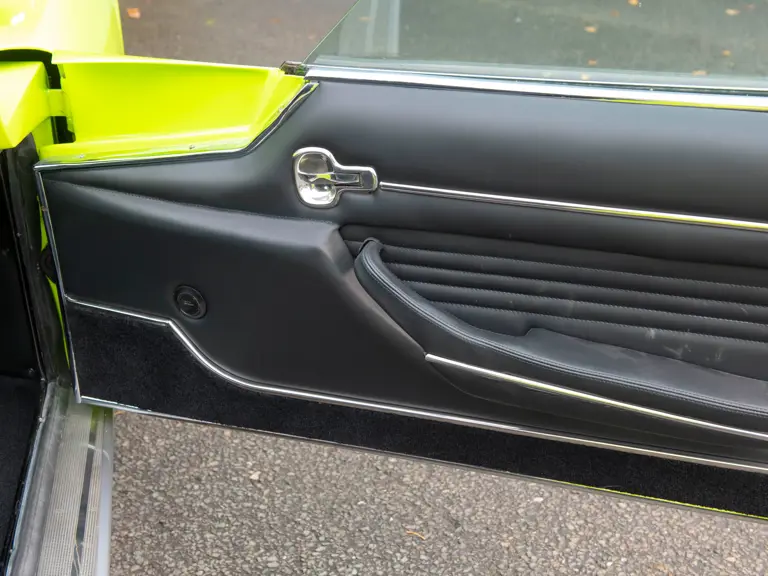

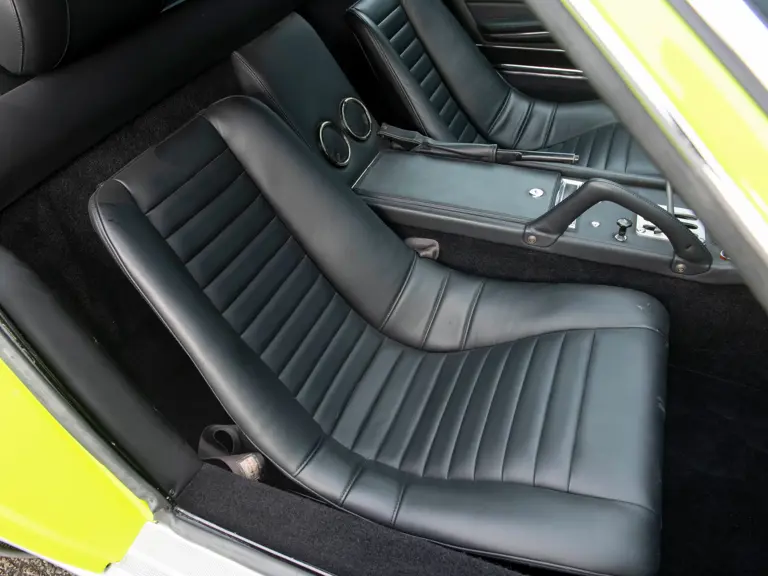
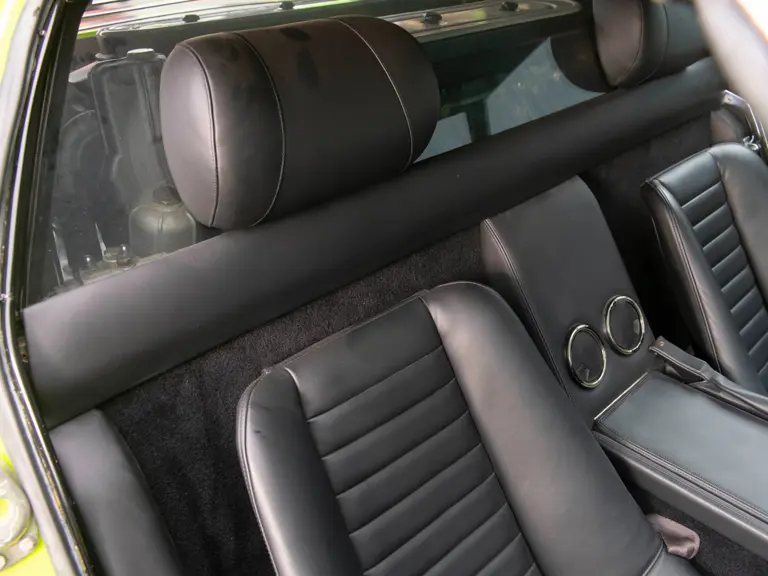
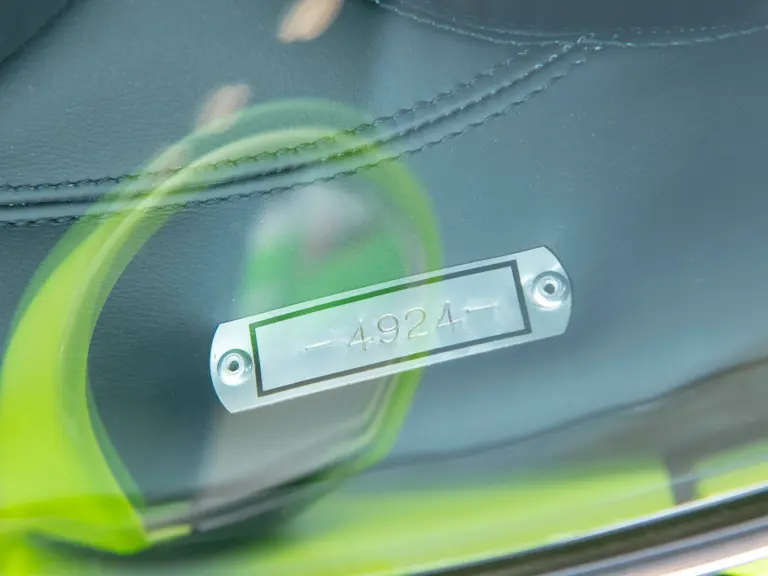
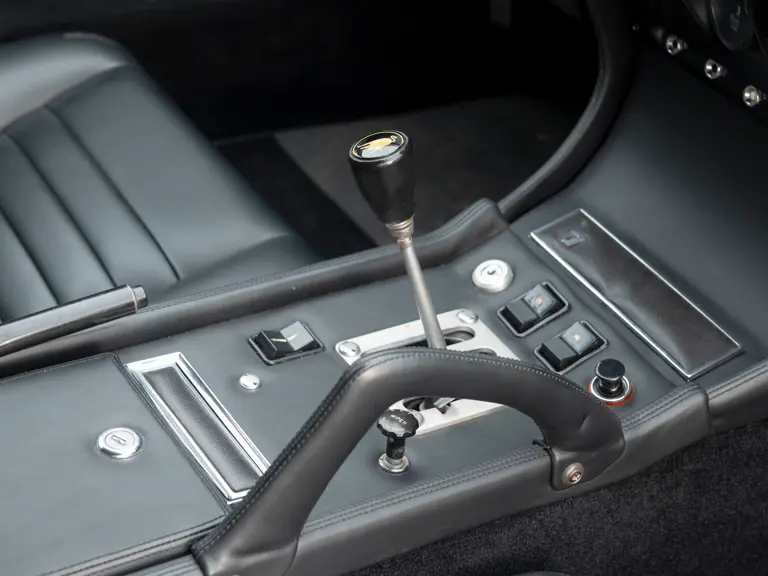
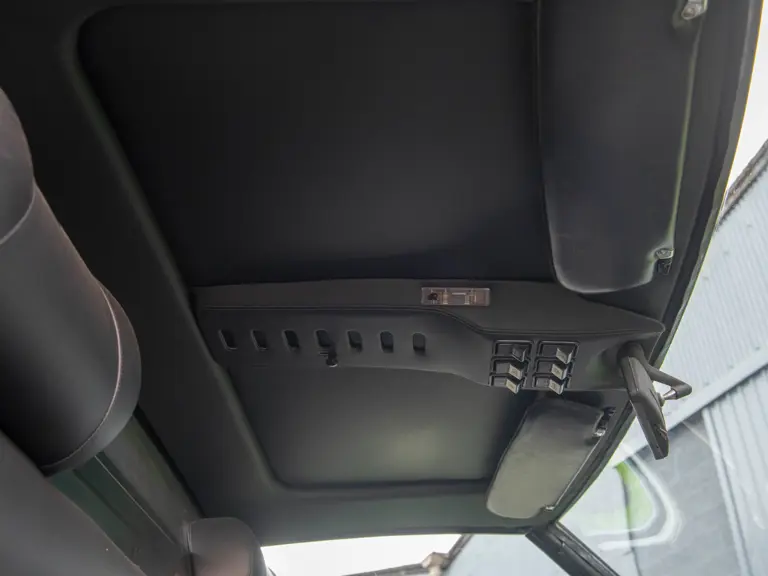
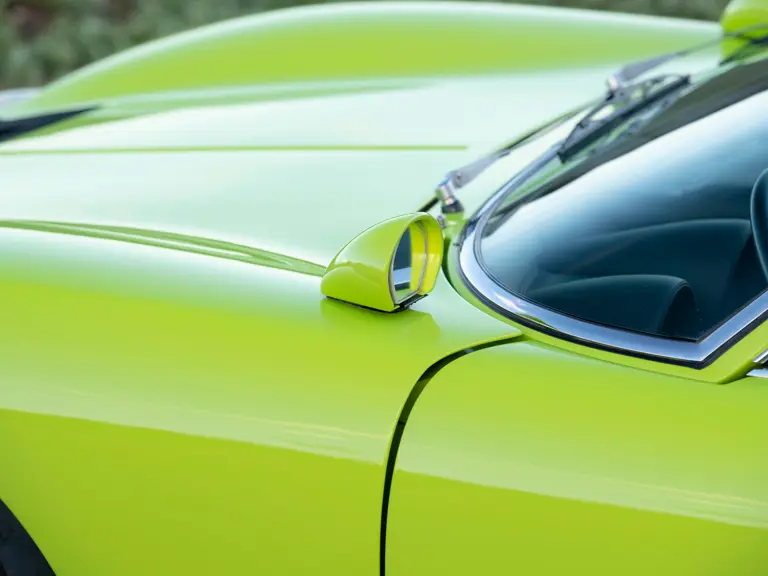
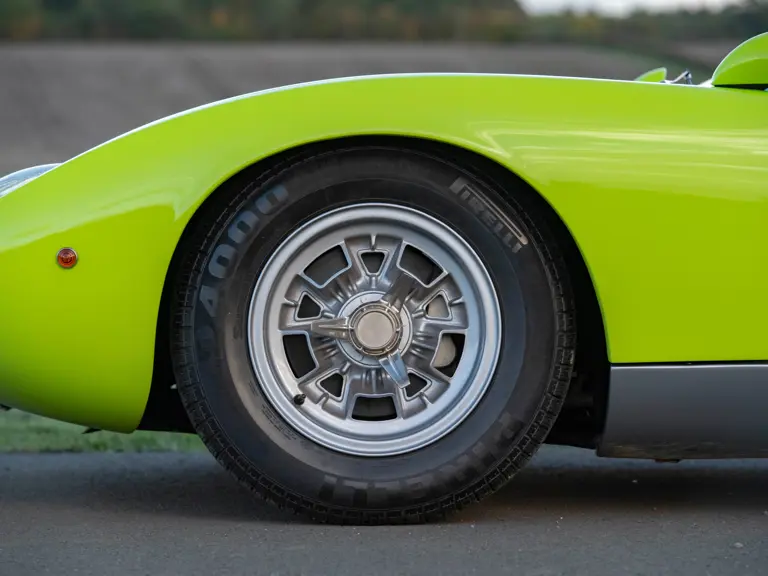


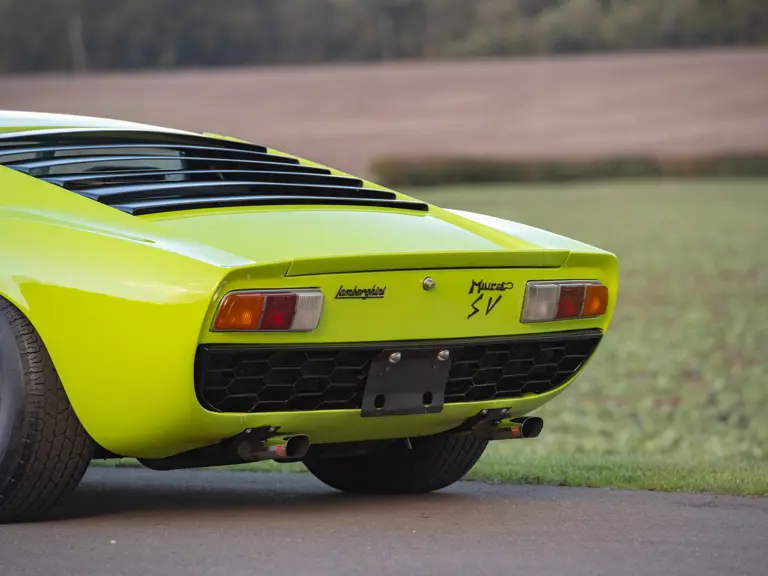



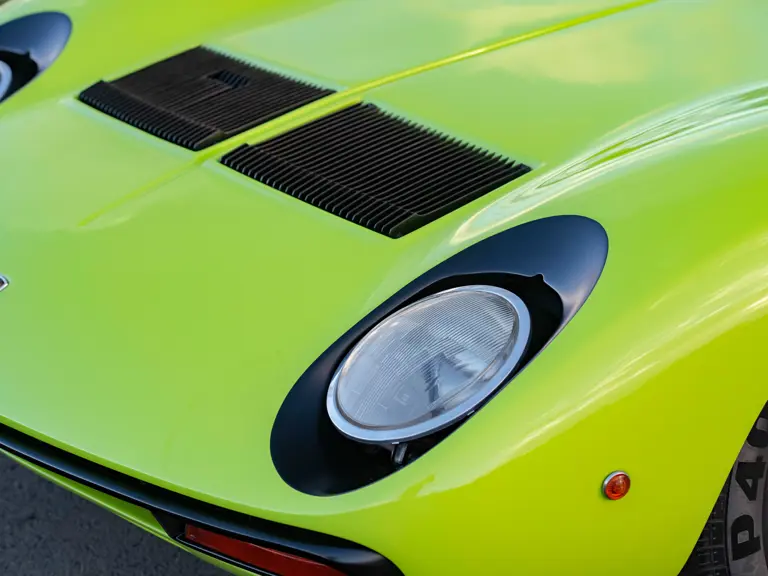
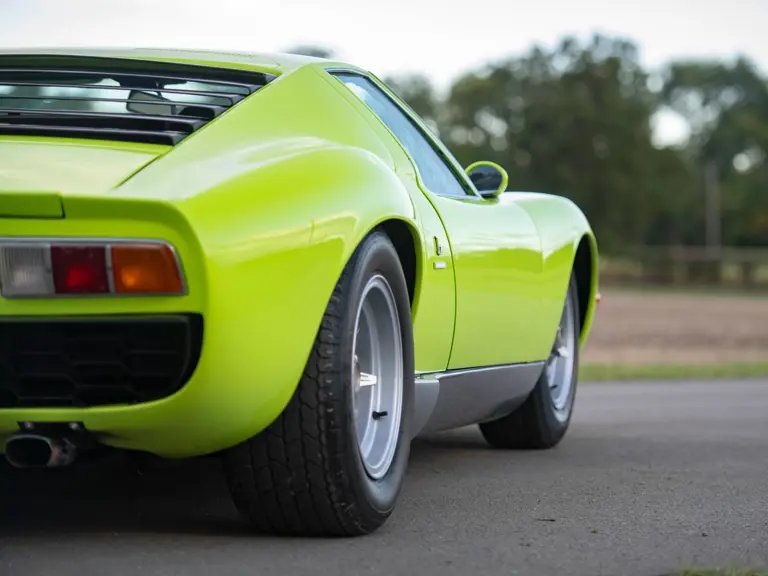
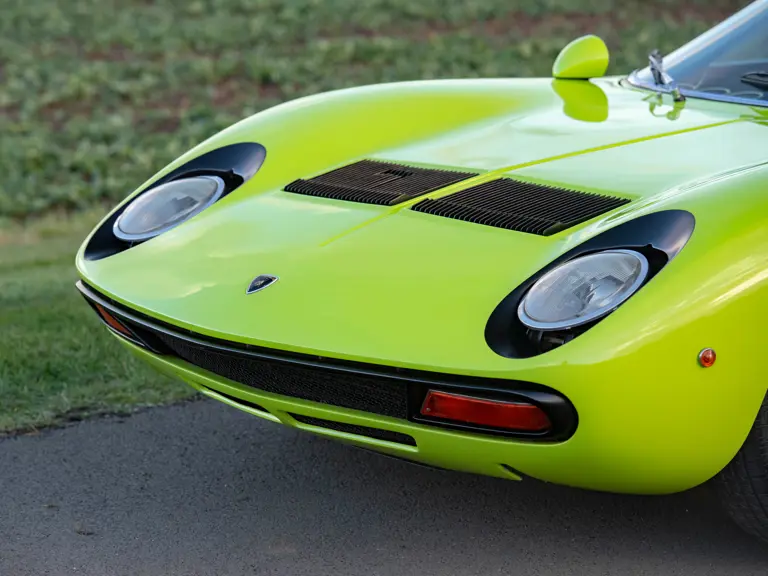
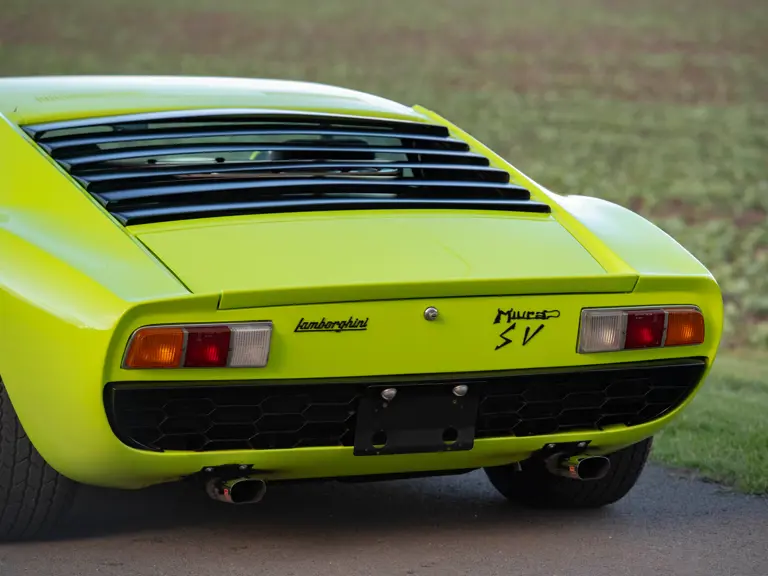
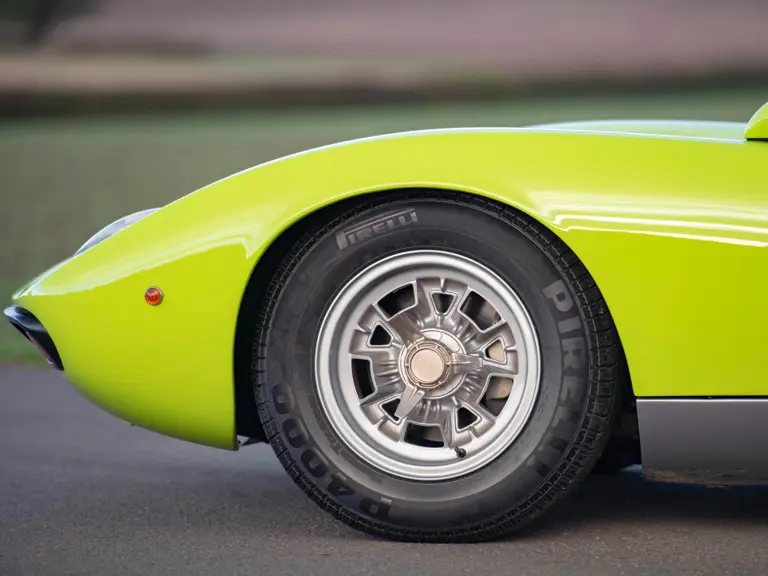
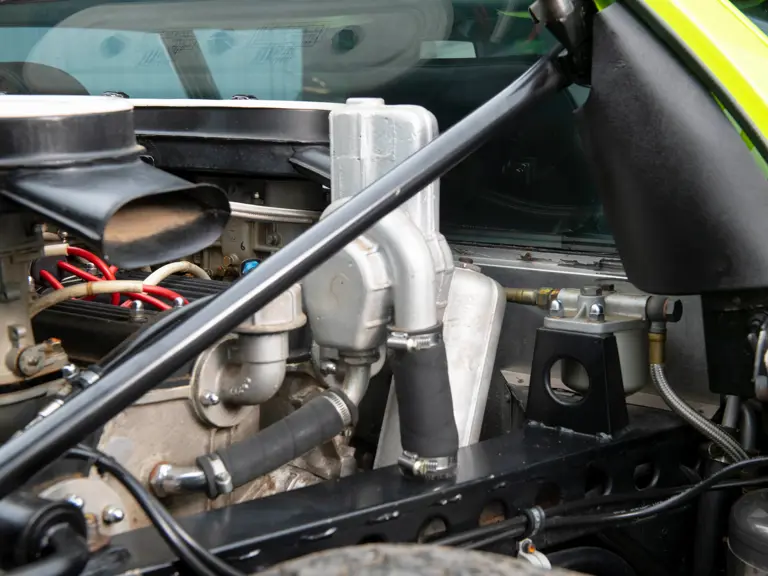
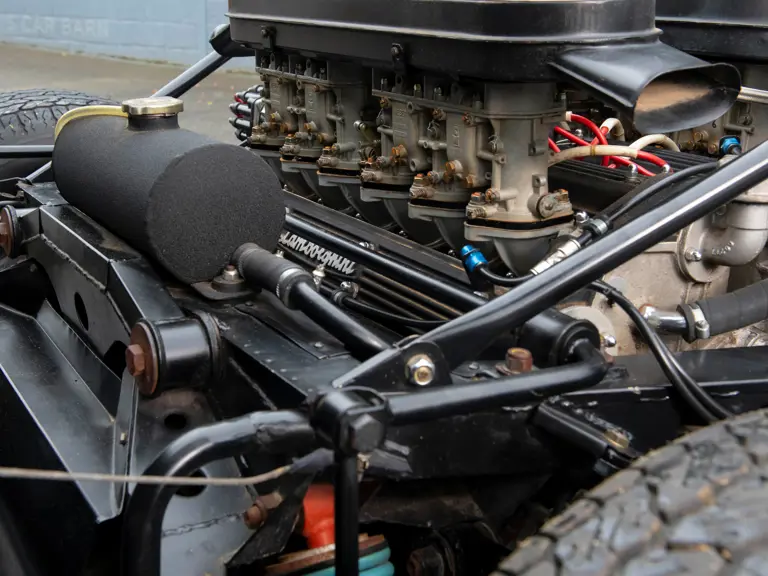
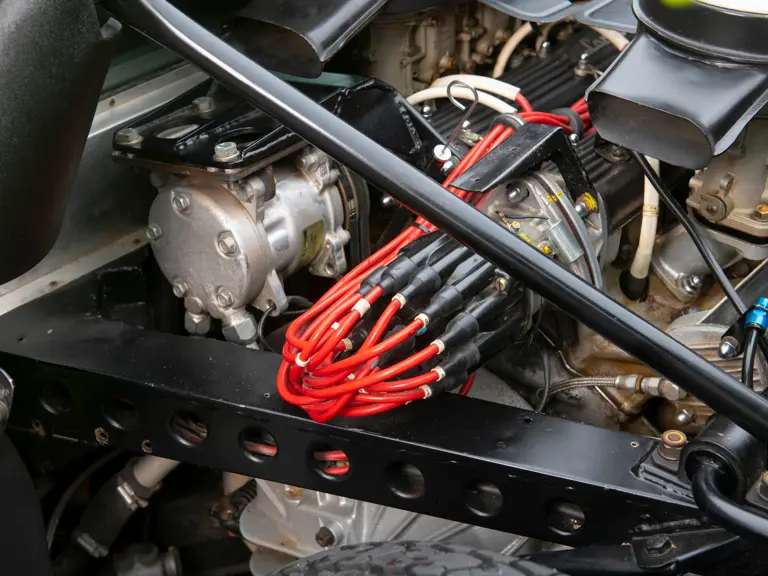
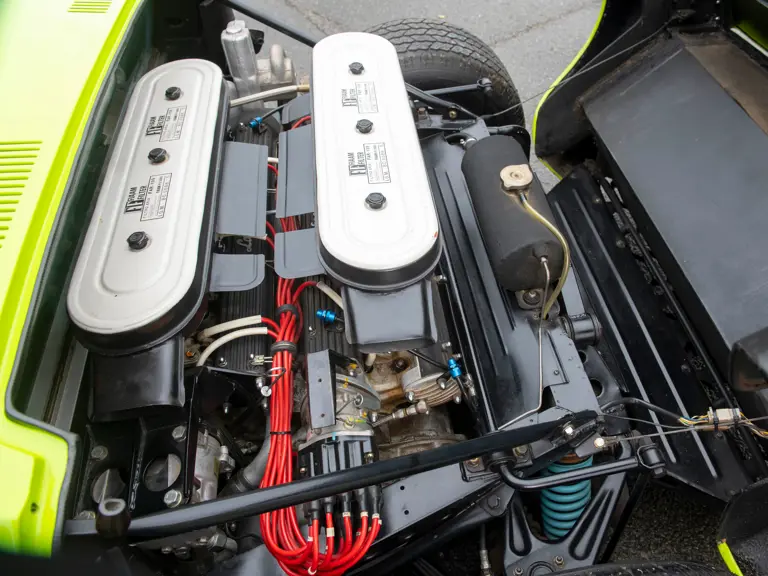
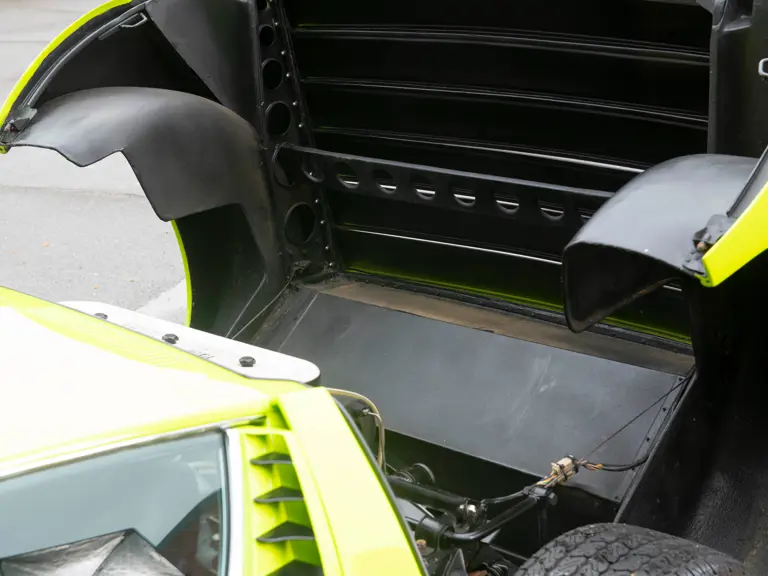


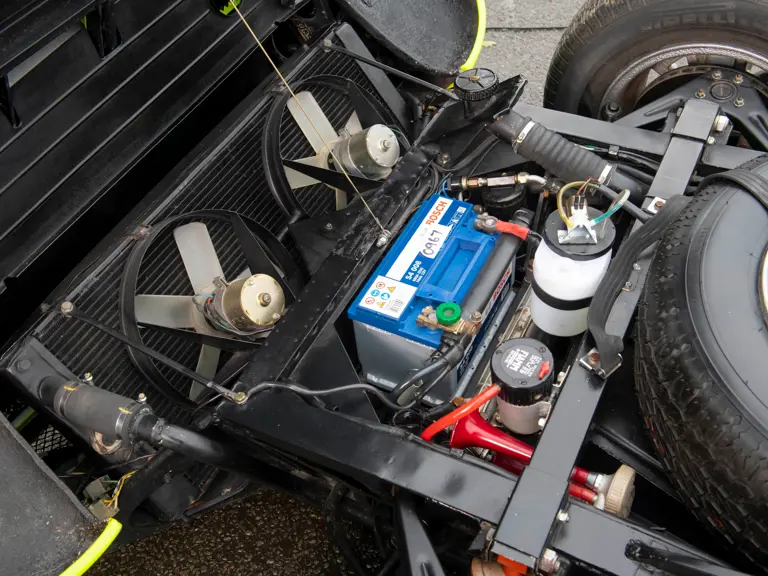
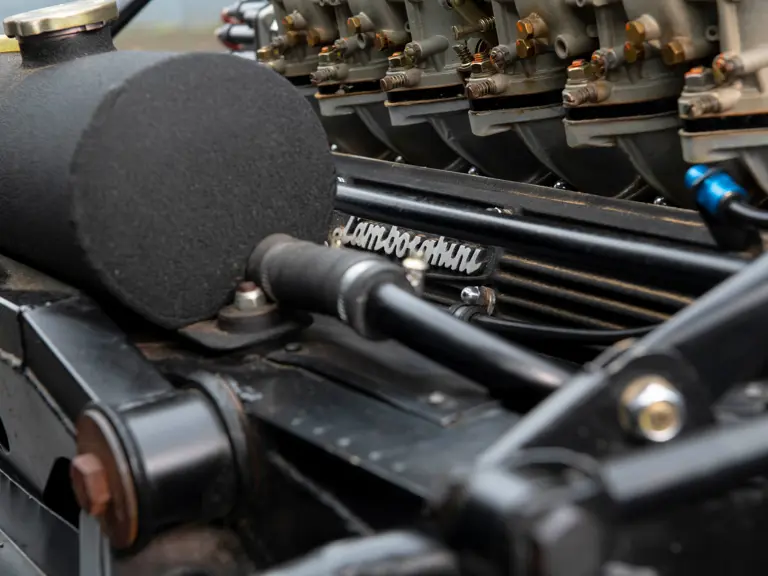
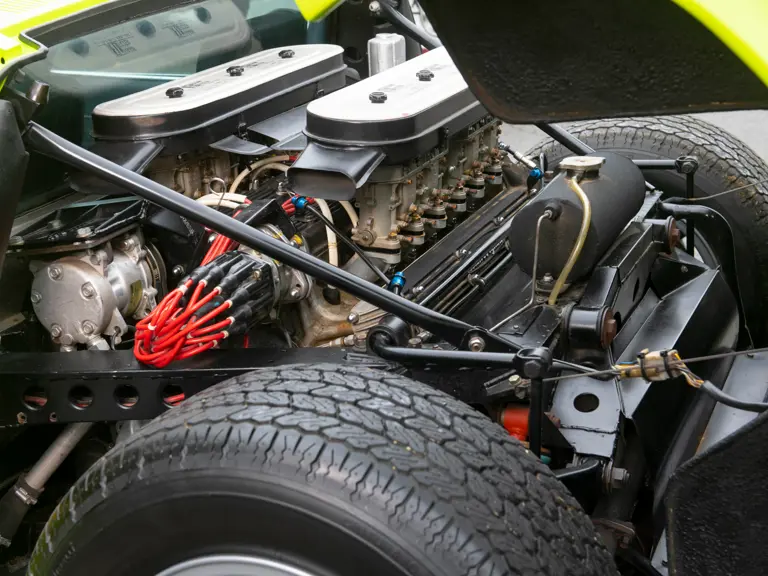
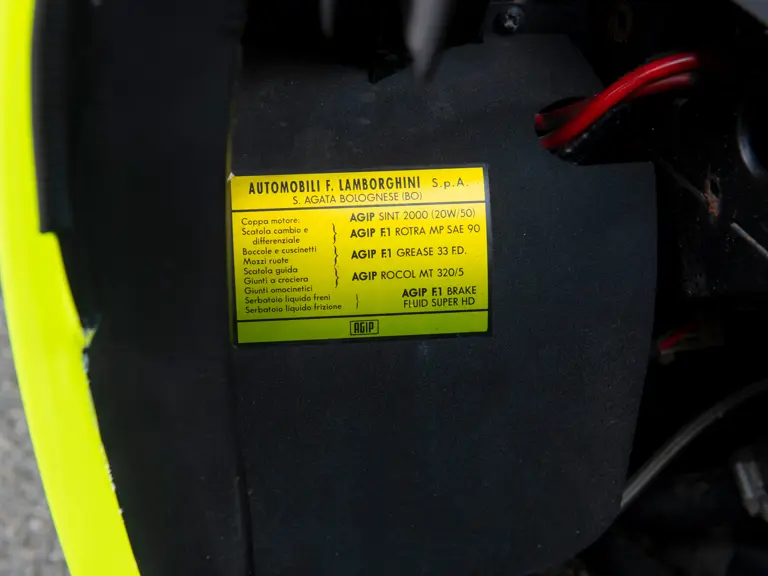

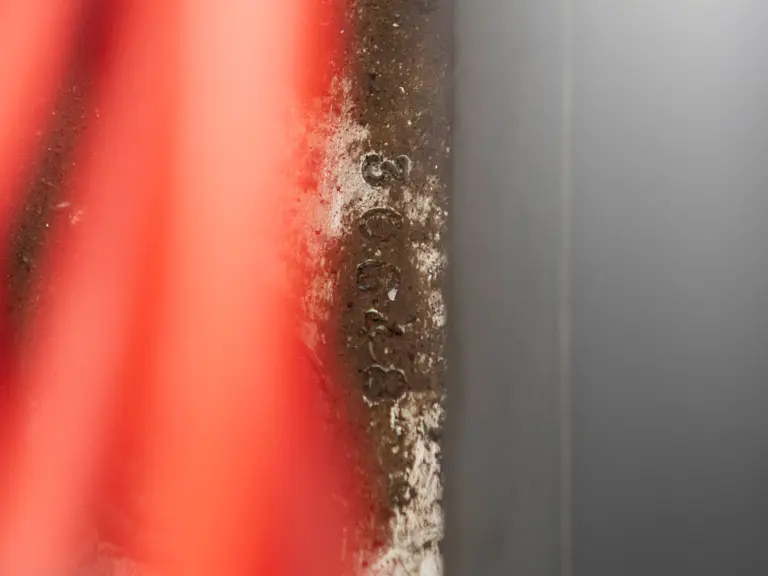
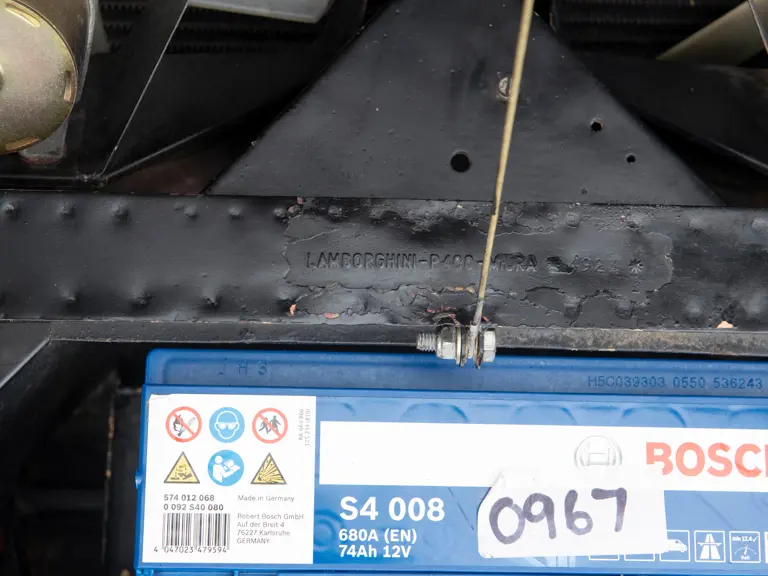
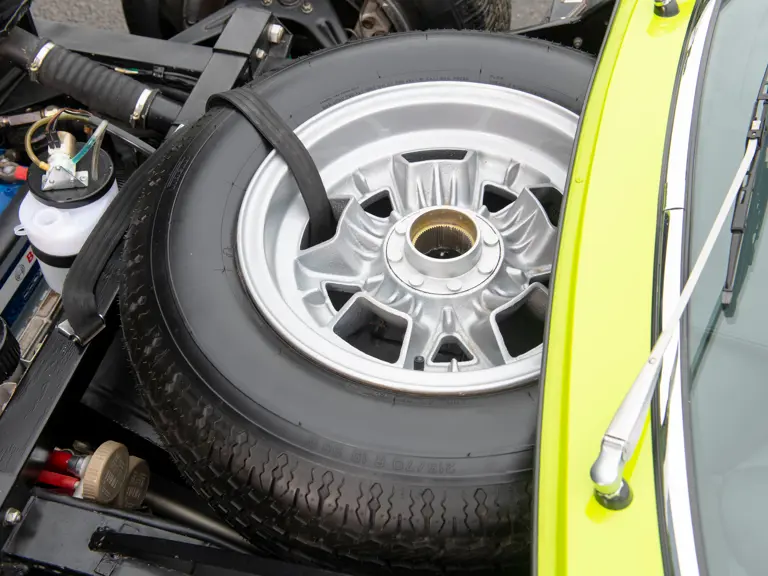
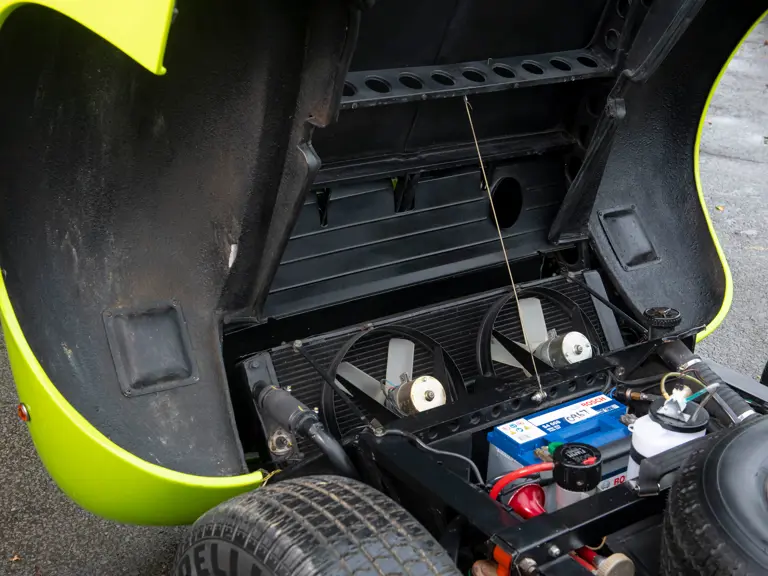
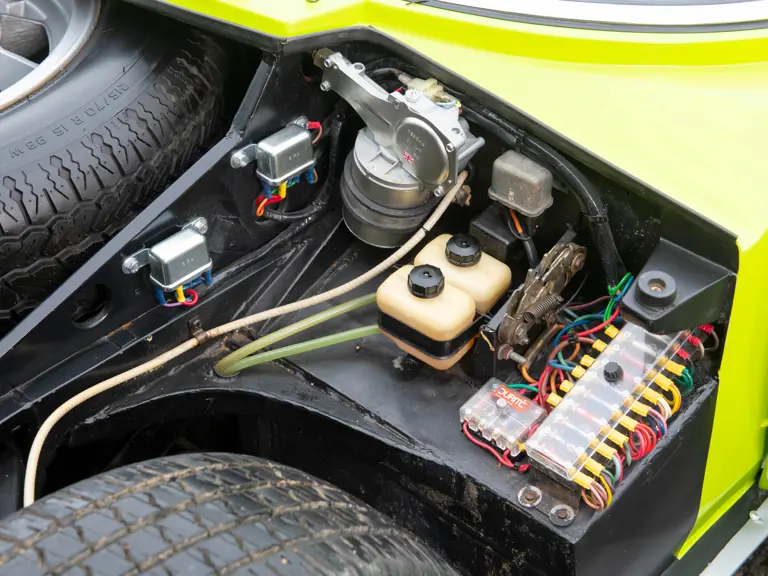
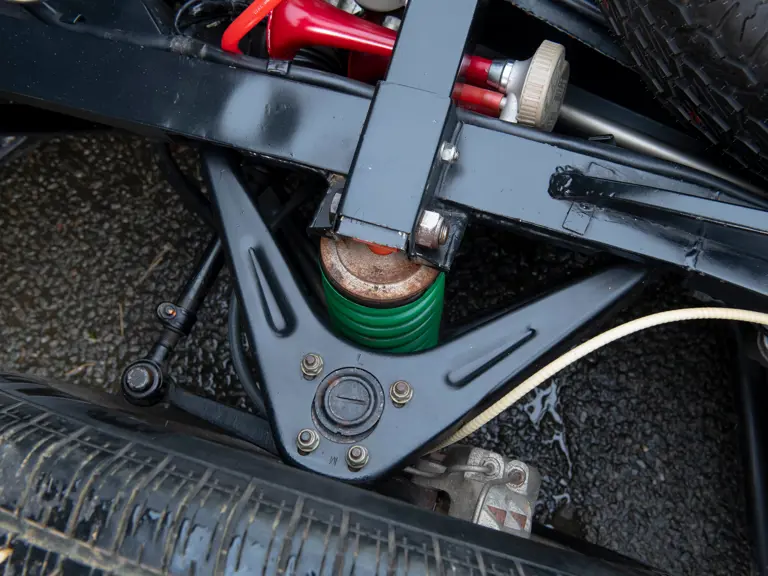
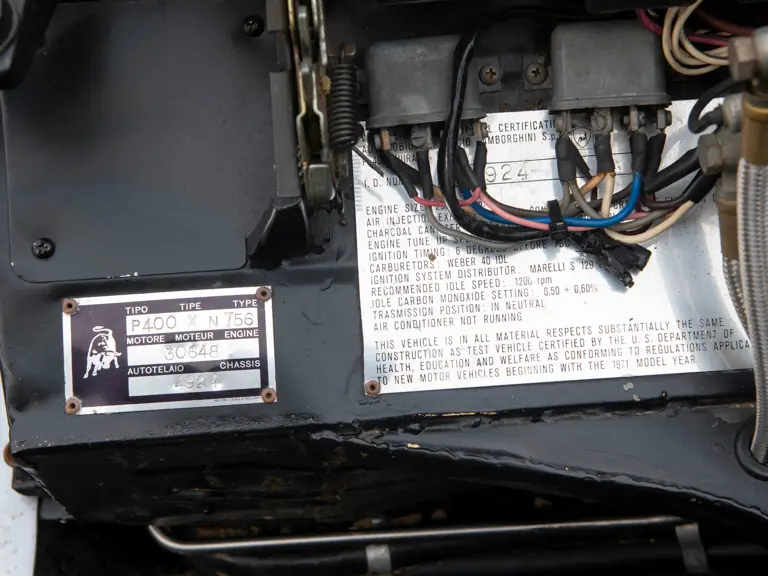
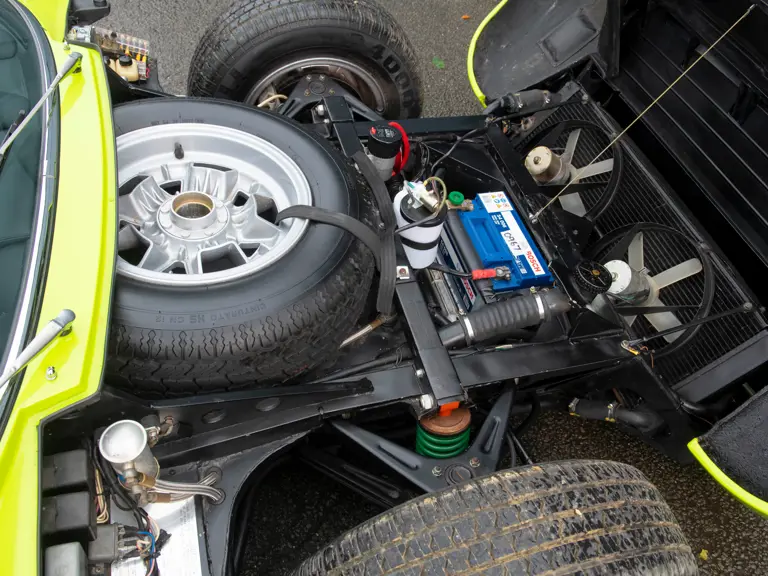
 | London, United Kingdom
| London, United Kingdom
